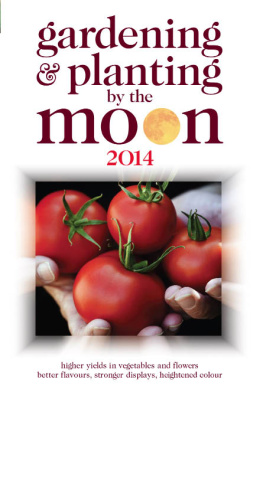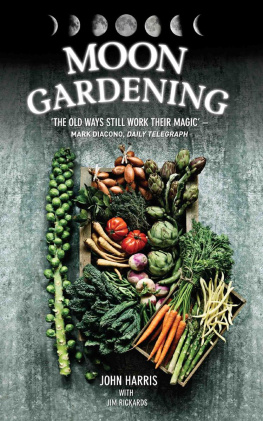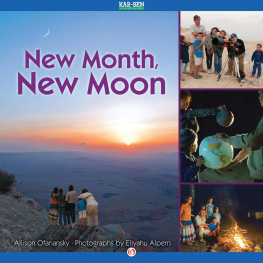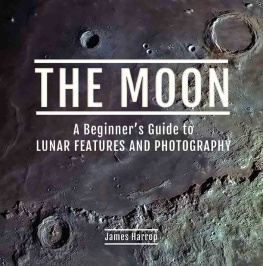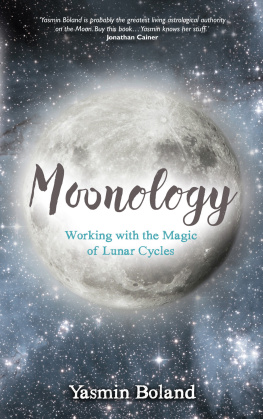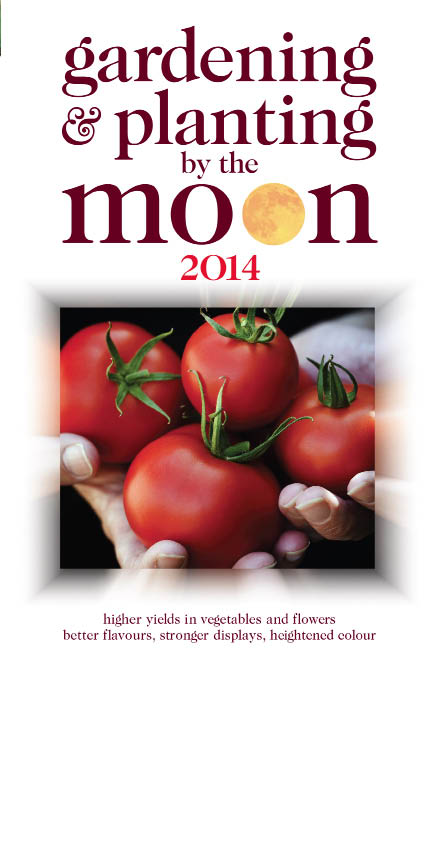by W. Foulsham & Co. Ltd Copyright 2013 Nick Kollerstrom Series, format, logo and layout design
copyright 2013 W. Foulsham & Co. Ltd A CIP record for this book is available from the British Library The moral rights of the authors has been asserted All rights reserved Print ISBN 9780572044169 Epub ISBN 9780572044282 Kindle ISBN 9780572044275 The Copyright Act prohibits (subject to certain very limited exceptions) the making of copies of any copyright work or of a substantial part of such a work, including the making of copies by photocopying or similar process. Written permission to make a copy or copies must therefore normally be obtained from the publisher in advance.
It is advisable also to consult the publisher if in any doubt as to the legality of any copyright which is to be undertaken. W. Foulsham & Co. Ltd Capital Point, 33 Bath Road Slough, Berkshire SL1 3UF, England www.foulsham.com
Introduction
To everything there is a season and a time to every purpose under heaven: a time to be born and a time to die: a time to plant, and a time to pluck up what is planted Ecclesiastes 3:12 Every gardener and farmer wants the best possible crops, and we all try out various ways of achieving that end. Since you are reading this, you must have wondered whether you could get better results if you planted in harmony with the cycles of the Moon I believe you can. For as long as anyone can remember, people have held a belief in the efficacy of such a practice, and various different traditions have developed.
In many countries today, lunar calendars are available for farmers and gardeners, and there is considerable evidence to show that crops can benefit from the correct use of a lunar gardening guide. It is our hope that this manual will come to be used not only for its practical advantages, but also as an inspiration to gardeners to become more aware of the life-rhythms in nature, which mysteriously connect the growth of plants with cosmic time-cycles. The aim of the book is not only to provide detailed planting and gardening advice, but also to stimulate interest in, and research into, the question of lunar influence, within the context of the burgeoning organic movement. Those who simply wish to apply the recommended gardening advice for 2014 can turn straight to the calendar pages. Current lunar gardening guides often disagree on many of their recommendations. Old traditions have grown confused with the passage of time, and a new attitude has appeared, within the twentieth-century organic movement, known as bio-dynamics.
The bio-dynamic movement was founded in 1924 by the Austrian teacher and philosopher Rudolf Steiner (18611925), the founder of the anthroposophical movement. It attempts to use holistic principles, viewing the farm as an integral whole and taking account of the condition of the cosmos. The recommendations here may not be the same as those in other lunar gardening guides, but they may have a better chance of producing dependable crop improvements. Gardeners work with time. They continually make judgements on how the seasons are progressing, what the weather may do, and so on, always in the context of having limited time available. Gardening and farming, however, can take on an extra dimension if one is aware that, besides these practical considerations, there are also basic cycles of the heavens to which animals and the plant world are attuned.
Plants receive their energy for growth from the Sun but, in other more subtle ways, they are continually affected by the Moons ever-changing rhythms. A decision as to when to plant a tree should take such lunar cycles into account, just as a sailor puts to sea only when the tides are right. During the twentieth century, systematic experiments began to determine how the various lunar cycles played a part in plant metabolism, growth and development. Certain keys to understanding the relationship of plant responses to lunar influence have now emerged and can be incorporated into a gardeners or farmers plans as to when best to carry out various tasks, in particular sowing, planting and harvesting. I wish to express deep gratitude towards Simon Best: he and I composed Planting by the Moon in 1980, and worked with it through the 1980s, as a synthesis of time-honoured traditions and twentieth-century research. Its basic ideas are here slightly developed.
There is also mounting evidence that the lunar cycle, particularly the Full Moon and the lunar nodes, has a considerable effect on horse breeding. This is explained in more detail later and I hope in further years to integrate this information into the calendar. Various astrological and related concepts are used in the calendar, but readers unfamiliar with such things need not worry: this book provides clear, step-by-step explanations, highlighting both the continuous rhythms of energy that ebb and flow and should resonate with the sympathetic worker, and also the specific moments, or celestial events, which the gardener should endeavour to catch. Those who use ephemerides or astrology programs may notice that the Moon sign entries in our diary differ from those they will find there. This is because astrological programs use the tropical zodiac, whereas ours use the sidereal calendar, indicating where the star constellations are, and the systems differ by two days of the Moons motions. This is explained later.
This calendar also gives dates for the Moons of celebration, the sacred Moons of the Muslim, Jewish, Hindu and Chinese New Years, and the Full Moon of May, which the Buddhists celebrate a month after the Full Moon that fixes Easter. It also includes the 12 lunar months of the Muslim year. To extend the usefulness of the calendar to new buyers, it also includes a full 15 months of diary pages. If you want to look at some of the evidence in support of the recommendations given here, there is a website collecting experimental results: www.considera.org. It is encouraging that someone is collecting the raw data of these experiments and lets hope that continues. Plants are so sensitive to these subtle influences, as science is just beginning to discover.
Also, a couple of my published articles on the subject are on the UK Biodynamic website at: www.biodynamic.org.uk/Research.htm#Mares%20fertility. One of these shows how very much horses respond to the lunar month as, one assumes, do all living creatures. You will find an index of all Nick Kollerstroms research, including planting by the moon, at www.astrozero.co.uk/astroscience/koll2indx.htm. Where captions are shown as hyperlinks, clicking them will download a hi-res version of the associated diagram.
Perspectives
Pleiades rising in the dawning sky,
Harvest is nigh.
Pleiades setting in the waning night,
Ploughing is right.
Forty days and nights in the turning year
They disappear.
When they shine again in the morning shade,
Sharpen your blade. Hesiod, Works and Days, eighth century bc Plants are adapted to the primary cycles of time the day, month and year.
This book focuses on the second of these, the monthly rhythms that are so important for the plant world. These monthly cycles are lunar, in contrast with the day and year, which are solar. It may be a mystery as to how plants respond to these monthly cycles, but that doesnt stop them from being of practical value in the garden and on the farm. The sensitivity of plants to minute levels of energy was first systematically studied by the Indian scientist Sir Jagadis Chandra Bose (18581937) in the early years of the twentieth century. Using carefully designed apparatus, he produced a mass of evidence showing that plants have a far greater capacity to respond to subtle environmental stimuli than had previously been believed. Plants, small animals and birds are attuned to the natural electric and magnetic fields of the Earth.

